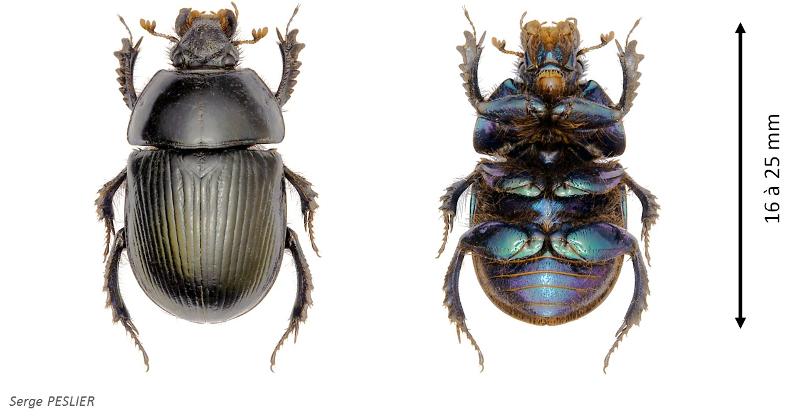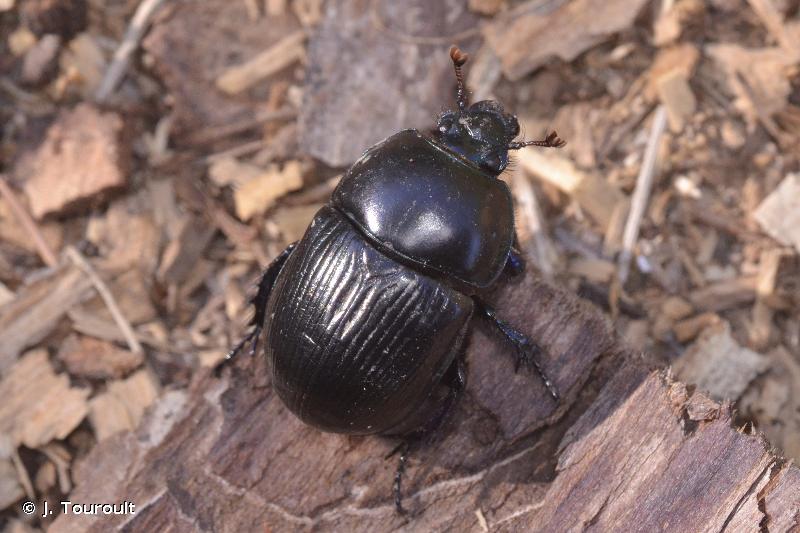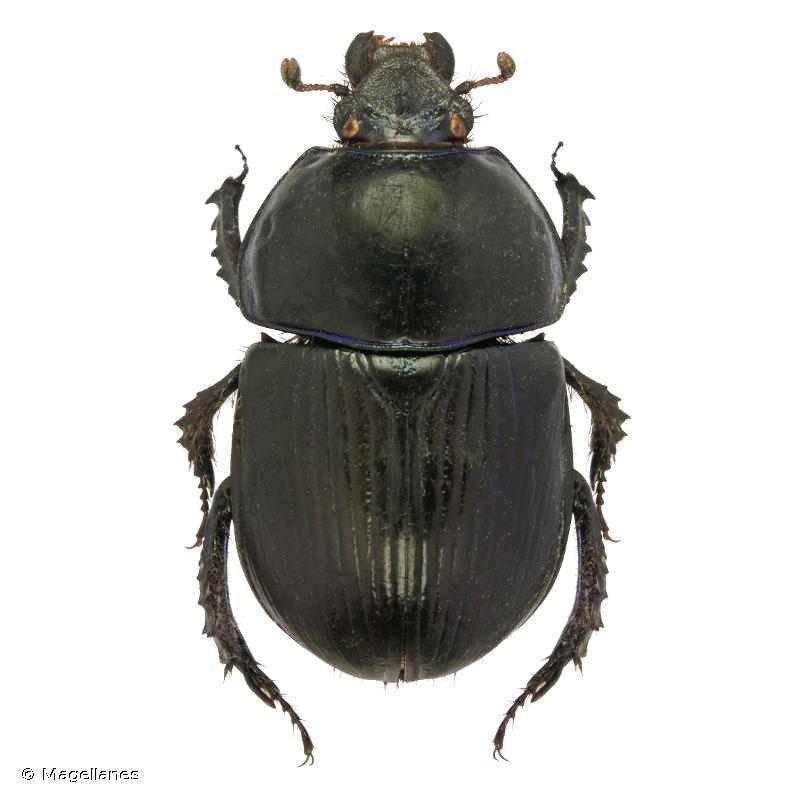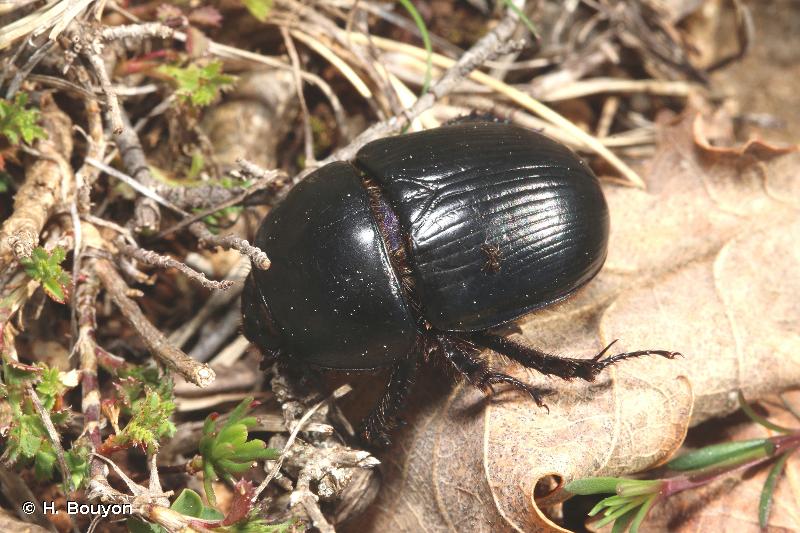
cd_nom

| Author : S. Peslier (A.R.E) |
 |
To get the picture, please visit:
Serge Peslier
r.a.r.e@free.fr
18, rue Lacaze-Duthiers
F - 66 000 Perpignan
Any reuse of one or more photographs on this site is subject to an authorization request from the author.
Link to the Code of Intellectual Property (Legifrance)

| Author : J. Touroult |
 |
To get the picture, please visit:
Julien Touroult
UMS PatriNat AFB - CNRS - MNHN
Muséum national d'Histoire naturelle, CP41, 36 rue Geoffroy Saint-Hilaire, 75005 Paris
Despite the Creative Commons license, please inform the author of the use which will be made of his photo

| Author : H. Bouyon |
 |
To get the picture, please visit:
Any reuse of one or more photographs on this site is subject to an authorization request from the author.
Link to the Code of Intellectual Property (Legifrance)

| Author : Magellanes |
 |
To get the picture, please visit:
Any reuse of one or more photographs on this site is subject to an authorization request from the author.
Link to the Code of Intellectual Property (Legifrance)

| Author : H. Bouyon |
 |
To get the picture, please visit:
Hervé BOUYON
email : herve.bouyon@wanadoo.fr
Any reuse of one or more photographs on this site is subject to an authorization request from the author.
Link to the Code of Intellectual Property (Legifrance)
Taille : 15 à 26 mm
Identification :
Clypéus ogival. Elytres avec des stries de points très profonds. Elytres avec 7 stries entre la suture et le calus huméral. Sternites entièrement ponctués et pileux. Bords externes des mandibules non sinués. Corps noir vert ou noir bleu en dessus ; vert, bleu ou violet métallique en dessous.
Confusion possible :
Avec Geotrupes spiniger (Marsham, 1802).
Périodes d'observation de l'adulte :
De mars à décembre, mais surtout de mi-avril à octobre.
Biologie-éthologie :
Espèce euryèce qui se rencontre surtout dans les terrains lourds et argileux. Exploite une large gamme d'excréments avec une préférence pour les bouses. Son vol est crépusculaire.
Biogéographie :
Toute la France – Sa présence en Corse mériterait d'être confirmée.
Références :
BARAUD (J.), 1992, Coleoptères scarabaeoidea d'Europe. Faune de France et des régions limitrophes 78 : 1-856, Société Linnéenne de Lyon.
Patrick Prévost(),2020
Continental
Metropolitan France
Overseas
Marine
Metropolitan France
Overseas
The map presents a summary at the 10 x 10 km grid of the observation data for the species transmitted to the SINP. These data have been subjected to validation filters.
The map presents a reference distribution layer of the species at the scale of departments and marine sectors. The presence and absence data were established by expertise within a network of partners. This reference distribution is used in the validation process of the SINP data at the INPN level.
Corresponds to a report on the basis of at least one observation proved within a period of 10 years (20 years for little-known invertebrates) preceding the year and no presumption of extinction since obtaining the last data nor doubt on reproductive and implemented nature of this population. For migratory species, the presence indicated concerns areas of reproduction.
This status is based on one or more of the following criteria:
This point covers the absence, more difficult by nature to demonstrate than presence. This status is based on one or more of the following criteria:
This status must be assigned to a department in which the presence of the species is casual.
Particular case of absence due to a proven extinction less than a half century ago (older disappearances are treated as "no probable or definite").
In the state of knowledge, we can not comment on the presence or absence in the current department. This is the default status when not comprised in one of the previous categories or whenever there is doubt.
The map shows the global distribution of the species based on GBIF data (Global Biodiversity Information Facility).
